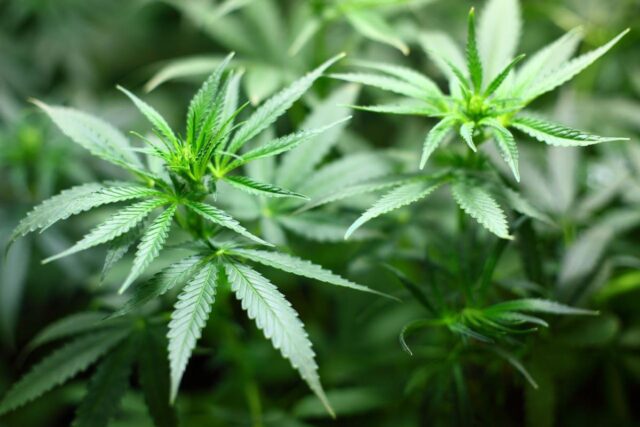Sativa (Sativa).
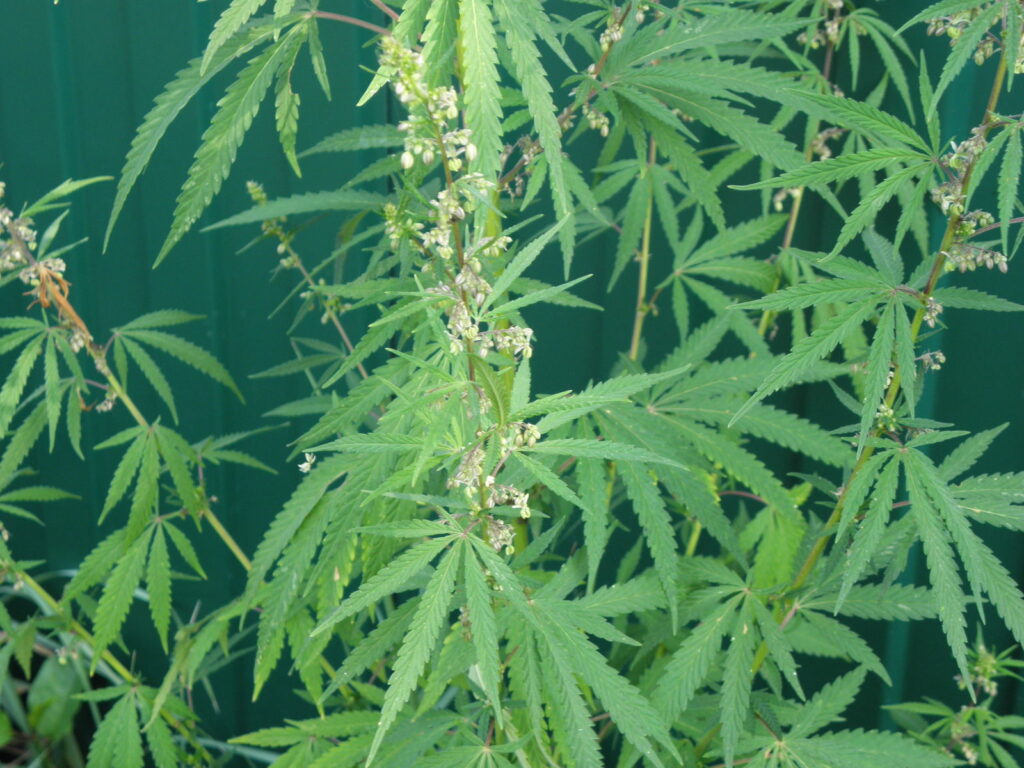
This species is native to Asia, America and Africa. Naturally, the place of origin determines its own characteristics, but there are also common features. Sativa plants are tall and slender, the internodes are far apart, the leaves are large and narrow, and the inflorescences are quite scattered (provided they are grown in sufficient light). Unlike indica, sativa grows more slowly and flowers weeks or even months later. Pure Sativa is not very suitable for growing indoors, because a mature, developed plant can reach 4.5 meters in height outdoors, but under a roof it will hit the ceiling in three months, no matter how high it may be. In addition, there will be a problem of artificial lighting, since a tall plant requires a lot of light.
Sativa from Mexico, Colombia, Jamaica, and Thailand can be very potent and have excellent cannabinol to cannabidiol ratios, but often very poor growing conditions, improper drying, and packaging cause the final product’s THC levels to drop rapidly.
Sativa Africana is famous for species such as Congolese and Durban Poison. The first was originally grown in the central part of the continent, had a tall and slender base and is similar to the Colombian varieties. The second species, the most famous of the African, differs from the others in its light green early flowers.
Asian varieties are very different in their appearance and effectiveness. For example, a Nepalese species can produce a lot of THC, take up little space when mature, and a plant that has large leaves but matures late. There are other species in this region, which are small and early flowering. Vietnamese, Cambodian, Laotian, Thai Sativa are prone to hermaphroditism. The Thai variety has large spreading branches, blooms for a long time, but it’s worth it – the light and light buds of this type of cannabis contain a lot of THC. All Thai species are quite difficult to grow indoors.
Indica (Cannabis Indica).
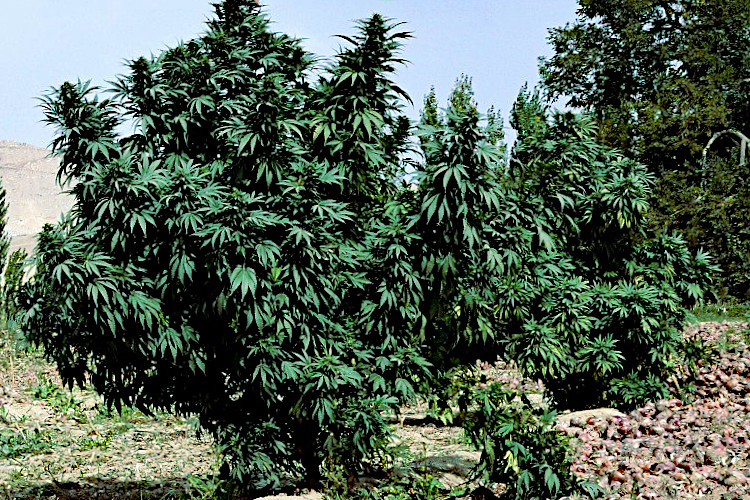
The birthplace of this type of hemp is Pakistan and India, which is clear from the name itself. Particularly good for indoor cultivation due to its relative short stature, strong root system and dense branching. Produces large and resinous buds, high in THC. It has broad, dark green leaves. In some varieties, the cones are overgrown with reddish or purple foliage, which looks especially exotic.
There are also indica varieties with pale green narrow leaves and narrow white pistils that are consistently high in THC and CBD.
The difference from sativa when used is also very noticeable. Indica can cause a severe, stuporous state, “stoned” (petrified), while sativa, on the contrary, rather gives a state of emotional uplift and euphoria. Again, it all depends on the variety, indica has long been crossed with all kinds – Afghan, ruderalis, sativa, to achieve a wide variety of results.
It is worth noting that Indian, Pakistani hashish is made from this type.
The picture clearly shows the differences in leaf shape between Sativa (left) and Indica (right).
Ruderalis (Cannabis Ruderalis).
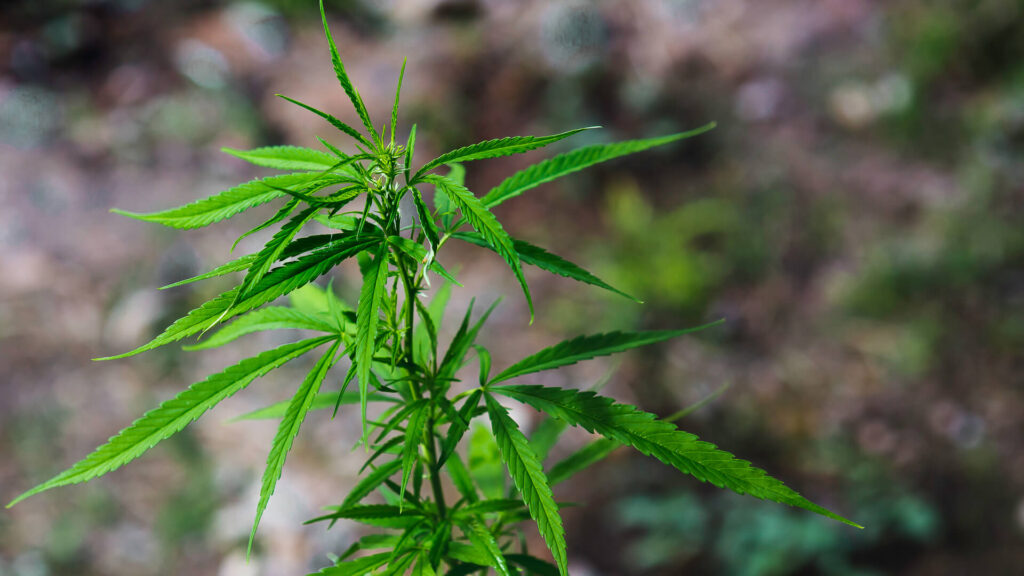
By itself, this type of cannabis is completely unsuitable for cultivation and cultivation. Very common in the middle climates of America, Europe and Asia, ruderalis contains virtually no THC and CBD. Similar in appearance to indica, this type of cannabis is more likely to cause a headache than euphoria. In fact, this is a street plant, “wild”. But, due to the fact that it comes from those latitudes where daylight hours are shorter and there is less sun and heat, ruderalis has adapted and blooms several times a year, with the first cycle occurring after just a few weeks of growth.
In fact, this type of cannabis is used only for breeding and creating autoflowering strains. When crossed with sativa or indica, Ruderalis can produce several crops a year, with decent THC and CBD content. Of course, the volume of the harvest will not be as impressive, because the bushes are usually quite short and small. But it can also be a big advantage for indoor breeding.
Cannabis hybrids.
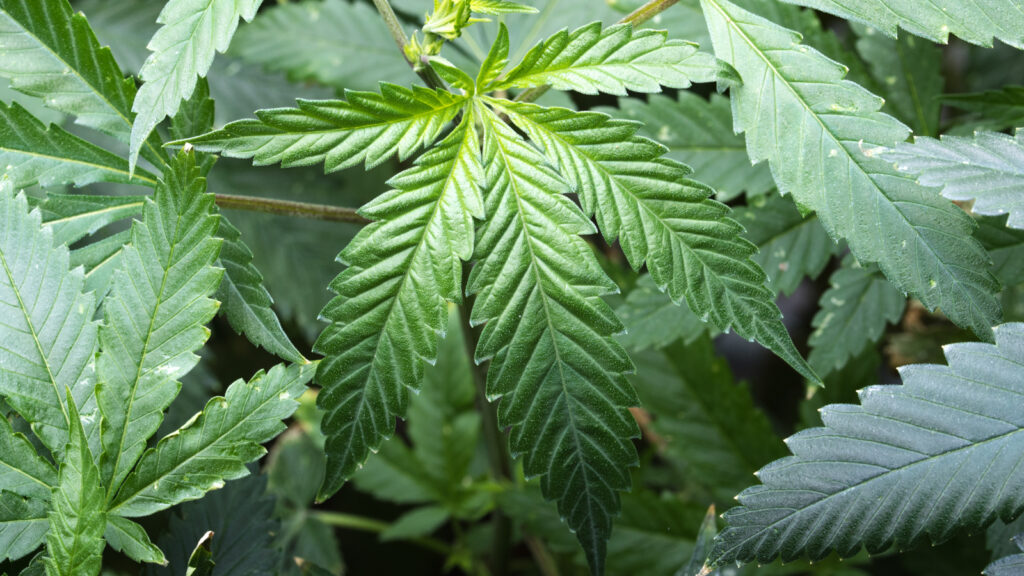
What is hybridization? It is the process of crossing two or more plants of different species. Hybrid seeds, in fact, flooded the market, the most popular varieties of cannabis are obtained precisely as a result of crossing, over the years, through trial and error of connoisseurs and breeding professionals.
Hemp of different species crosses with each other without any problems – indica, sativa and ruderalis in various percentages can be present in any variety of seeds sold. Depending on which species is more in certain seeds, you can get quite unexpected and pleasant results. For example, an indica-dominated combination with a small percentage of sativa can provide a powerful medical, relaxing effect, and, conversely, the dominance of sativa in a hybrid guarantees more euphoria and lively energy.
Hybrid plants differ from varietal plants in two ways – the yield and the number of seeds. When growing a hybrid variety, you are guaranteed to get a voluminous and efficient harvest, but the number of seeds will, on the contrary, be less. These features determine the high cost of hybrid seeds compared to varietal ones.
What are the generations of F1, F2, etc. hybrids?
Nothing complicated – the number next to the letter F means the generation of the hybrid. In fact, this is the equivalent of a quality mark. The F1 generation was obtained by crossing two varieties, these are the highest quality and most productive seeds. F2 is the result of an attempt to hand-produce seeds from the F1 generation. The mechanism is quite simple – buy the first generation of hemp seeds , grow them and get the next generation of seeds from them. It seems that everything is simple here. However, there is one noticeable difference – the quality, yield and survival of a plant grown from an F2 seed will be exactly half as compared to the parent F1.
Some seed sellers may claim that the quality of F2 is no different from F1 in an attempt to sell their product. Do not trust such information – this is a pure lie.
If you want to receive:
- bountiful harvest;
- strong and tenacious plant;
- high content of effective substances;
- uniform, rapid growth and flowering of plants,
then you should not save on seeds of the second generation.
Is it Legal to Use Cannabis in Public?
With the recent legalization of cannabis in many states across the world, you may be wondering where it is legal to use the drug in public. While the laws vary from state to state, there are generally three places where it is not legal to consume cannabis: in a car, on school grounds, or in a federal park.
In states where cannabis is legal, there are often designated smoking areas where people can consume the drug. However, these areas are not always clearly marked and can be difficult to find. In some cases, it may be legal to consume cannabis on private property, such as a friend’s house or at a private event. There are certain clubs that allow the usage of this plant, and they even offer products in their assortment.
On the pro side, using cannabis in public can help normalize the plant and create a more accepting society. Additionally, it can be argued that using cannabis in public is safer than consuming alcohol in public, as cannabis is not associated with violence or other negative behaviors. On the con side, some people may feel uncomfortable being around others who are using cannabis, as the smell can be potent. Additionally, there is always the risk of arrest when using cannabis in public, even if it is legal in your state.
The legality of cannabis in clubs
Cannabis is still illegal in most places, so smoking it in clubs could get you into trouble. However, there are a few exceptions. In some states, cannabis has been decriminalized or legalized for medicinal use, while in some, it will soon be legal for recreational use. So if you’re in one of these places, you should be able to smoke cannabis in clubs without any problems. Learn more about best cannabis clubs in barcelona.
Of course, even in these places, it’s always best to check with the club first to make sure they allow it. Some clubs may have their own rules about cannabis use, so it’s always best to be safe and ask before you spark up.
Marijuana is increasingly being recognized for its potential medical benefits, and this is reflected in the growing number of countries that are legalizing its use. While there is still some way to go before marijuana is completely accepted by the mainstream, it seems likely that this trend will continue, and that more and more people will be able to enjoy the benefits of this versatile plant.

